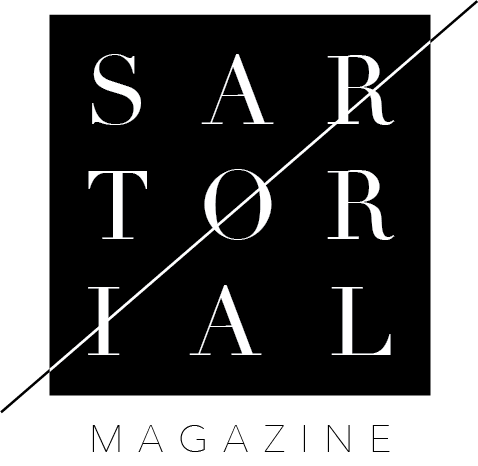“You Know Who You Are and You Know Who You Like”: A Look Back at Jamie Babbit’s “But I’m a Cheerleader,” 25 Years After its Theatrical Release
Written by Kaitlyn Patton
Photography by Hallie Lueking
Modeled by McKinley Brown, Ella Mauzey, Kaitlyn Patton, Caroline Sluss, and Cole Vest
Due to how our society currently functions, growing up queer is inherently an unconventional experience. Because information about the LGBTQ+ community is so stifled by many political and religious groups in powerful positions, a large number of queer children grow up without access to knowledge about this part of themselves, leading to feelings of emptiness, uncertainty, and even shame. This is why queer media is — and always has been — so important.
The piece of queer media that particularly opened my eyes and the eyes of many queer young women before and since is Jamie Babbit’s “But I’m a Cheerleader.” Directed by a queer woman, the film centers itself around a young lesbian who is sent to a conversion camp. It was officially released on Aug. 11, 2000, in only four theatres, and was immediately met with an uproar from critics, some of whom went as far as to slam it for “promoting heterophobia.” In truth, the film simply puts a lighthearted spin on dark, real-life themes like conversion therapy and religious guilt, providing hard-hitting commentary through a comedic lens. For example, renowned drag artist Rupaul Charles plays a “reformed” gay man who coaches the male campers on their path to heterosexuality, but ultimately fails at keeping up his own heterosexual front.
At its core, “But I’m a Cheerleader” is a story of triumph in the face of struggle, a refreshing break from what has become known as “the queer tragedy trope.” As someone who grew up heavily involved in the church, hearing the hurtful things I’d been told my whole life by religious leaders, family members, and other authority figures through a satirical lens was oddly comforting. Through the absurdity of the situations the characters found themselves in along with the clever writing, I finally realized how ridiculous a lot of these traditional sayings and values are, and how preposterous it is to judge someone simply for loving. By the time I watched this movie, I had already realized I was queer, but I sat uncomfortably in that queerness. This was the first piece of media to tell me very clearly that who I am is valid, no matter how many people may tell me it’s not.
While this film was an incredibly important tool in my queer journey, I am absolutely not the only person it has affected. Since its release 25 years ago, “But I’m a Cheerleader” has secured its spot as a certified cult classic, making waves in popular culture even today. As recently as 2022, queer girl group MUNA contributed their piece to the sapphic golden age of pop with their lesbian anthem Silk Chiffon, featuring Phoebe Bridgers, and its music video, which pulls direct inspiration from the film. In addition to this, we’ve seen an uprising in female-directed lesbian films such as “Bottoms,’ directed by Emma Seligman and “Love Lies Bleeding,” directed by Rose Glass. This boom in sapphic media would not be happening without the work of Jamie Babbit and other women like her.
“But I’m a Cheerleader” has been effectively turning queer suffering to queer joy and inspiring queer creatives for 25 years now, and this impact won’t stop anytime soon. In the face of regimes that do not want us to exist, it is incredibly important to remember who we are and hold onto that identity, a sentiment enthusiastically echoed by this movie. Because in the words of the film itself, "You know who you are and you know who you want. Ain't nobody gonna change that.”




